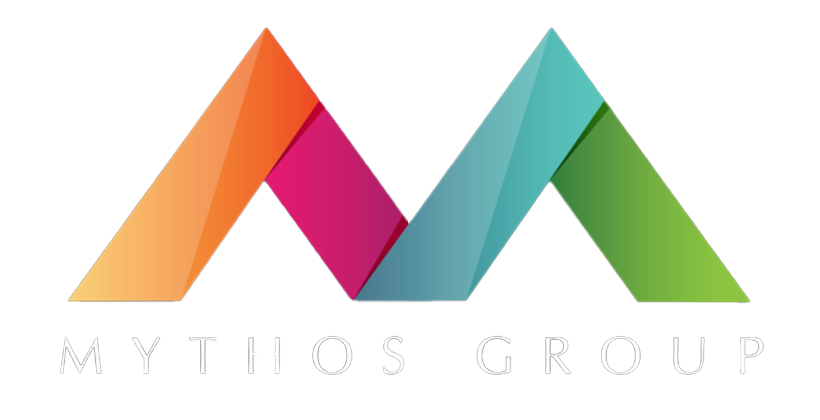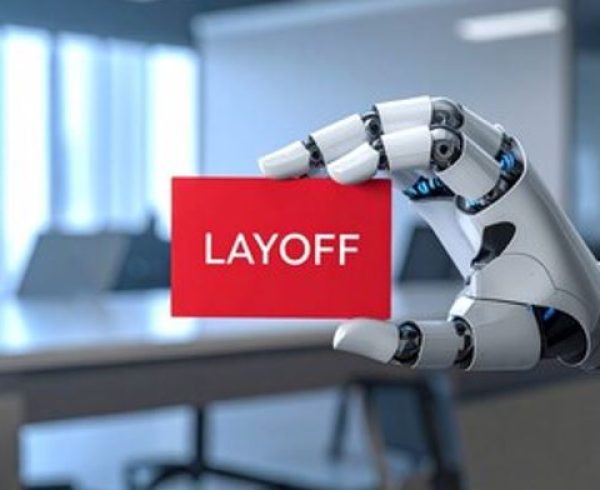The insurance industry is undergoing the most fundamental transformation since actuarial science was invented. Companies that execute AI implementation across core functions will dominate their markets. Those that don’t will become cautionary tales.
Right now, while most insurers debate AI strategy in boardrooms, a small group of leaders are compressing underwriting cycles from weeks to minutes. They’re achieving productivity gains that seemed impossible two years ago, and they’re creating a competitive moat that widens every quarter.
The Performance Gap Is Already Here
Leading carriers deploying AI across core functions achieve over 50% productivity increases in underwriting and 30% accuracy improvements in claims routing. Meanwhile, only 22% of insurers have progressed beyond AI pilots. Most won’t see immediate material benefits from AI in 2025.
This isn’t just a temporary lag. It’s a structural competitive divide.
The IoT insurance market, valued at $53.95 billion in 2025, will reach $83.81 billion by 2030. This enables real-time premium adjustments based on actual behavior rather than demographic proxies. Companies mastering this transition will redefine risk assessment entirely.
When Algorithms Beat Traditional Methods
Traditional underwriting methods are becoming obsolete. Autonomous AI agents compress weeks of complex analysis into minutes. Boston Consulting Group research with US and UK commercial P&C insurers shows AI improving underwriting efficiency by 36% in complex lines, with up to 3 percentage points of loss-ratio improvement through superior data utilization.
What’s striking about this shift is how it goes beyond simple speed gains. One major commercial insurer discovered $50 million in hidden risks across their construction portfolio when AI agents analyzed satellite imagery, IoT sensor data, and weather patterns simultaneously. Traditional methods had consistently missed these exposures.
McKinsey describes scenarios where intake agents ingest information, communicate with customers, and extract data from complex documents like medical records or engineering reports. Risk profiling agents build comprehensive profiles using existing guidelines, and they can underwrite risks that haven’t materialized yet, using predictive models that identify emerging threats before human underwriters recognize patterns.
While traditional insurers spend weeks on complex commercial policies, AI-powered competitors deliver instant decisions with superior accuracy. Brokers and customers migrate toward carriers offering immediate responses. Speed translates directly to market share capture.
Fraud Prevention Gets Predictive
Insurance fraud costs the average American family $400 to $700 annually. The traditional detect-investigate-settle model is becoming obsolete. AI systems now identify and prevent fraud before claims submission.
Deloitte research shows AI-driven fraud detection could save P&C insurers between $80 billion and $160 billion by 2032, with fraud detection rates jumping 340% when AI agents analyze pre-claim behavioral patterns.
Current fraud detection achieves soft fraud rates between 20-40% and hard fraud between 40-80%. Agentic AI transforms these metrics entirely. Advanced systems cross-reference social media, financial records, location data, and behavioral patterns in real-time, predicting fraudulent submissions with 94% accuracy.
The fraud-detection industry grows from $4 billion in 2023 to $32 billion by 2032. The most sophisticated insurers deploy AI agents monitoring policyholders continuously, identifying patterns preceding fraudulent claims. These systems flag potential fraud during policy inception, renewal, or before coverage begins.
Dynamic Pricing Replaces Annual Renewals
Annual policy renewals are becoming obsolete. AI agents enable real-time premium adjustments based on continuously monitored risk factors. Progressive Insurance accumulated over 1.7 trillion driver observations through usage-based insurance, enabling risk assessment based on actual driving patterns.
Nationwide reports customers in usage-based programs pay 20% less than traditional policies, while Progressive’s Snapshot program reduced claims by 20% among participants. McKinsey estimates pricing optimization using data and analytics can increase P&C profitability by 5-10%.
The technology enables “microsegmentation” – pricing policies for specific behaviors, times, and conditions. Commercial property policies adjust premiums in real-time based on security system status, weather conditions, and occupancy patterns from IoT sensors. Smart home sensors enable dynamic property pricing, wearable devices drive health insurance adjustments, and satellite imagery allows real-time commercial property risk assessment.
Predicting Catastrophic Events
AI agents transform disaster response by predicting catastrophic events before emergency services recognize threats. Swiss Re reports natural catastrophe losses likely exceed $100 billion for the fifth consecutive year, making prediction capability essential for survival.
Advanced AI systems integrate weather patterns, seismic data, satellite imagery, and human movement patterns to predict catastrophic losses with unprecedented accuracy. These systems automatically adjust coverage, pre-position claims resources, and modify risk exposures based on predicted impact zones. Some insurers receive automated alerts about disasters 48-72 hours before traditional weather services issue warnings.
Multimodal AI processes data from text, images, audio, video, and sensors, generating comprehensive insights. Geospatial analysis uses satellite images and 3D drone footage to verify damage extent invisible during physical inspection. IoT sensors gather evidence to verify claims and detect staged activities.
Insurers with superior predictive capabilities offer coverage where competitors withdraw, price risks accurately during catastrophic events, and maintain profitability while others face massive losses.
The Acceleration Divide
Only 22% of companies have moved beyond proof-of-concept with AI, and only 4% create substantial value. This performance gap creates an existential divide between AI-native insurers and traditional carriers still debating implementation.
Bain research shows 87% of companies develop, pilot, or deploy generative AI, with use cases in production doubling between October 2023 and December 2024. However, Gartner predicts over 40% of agentic AI projects will be canceled by 2027 due to escalating costs, unclear business value, or inadequate risk controls.
BCG research demonstrates AI leaders generate more value by focusing on core areas like underwriting, customer service, claims processing, or sales before expanding. Knowledge assistants account for two-thirds of productivity gains, making them strong transformation starting points.
Leading insurers achieve real-time resolution for 70% of simple claims, operational cost reductions of 30-50%, and improved customer satisfaction through faster, transparent claims handling.
Companies planning to spend over $5 million on generative AI will rise from under 20% in 2023 to 33% in 2024.
These organizations build capabilities competitors without similar resources cannot match. Traditional insurers risk becoming uninsurable themselves, lacking technological capabilities to compete in markets dominated by AI-native competitors.
Three Strategic Paths Forward
Gartner predicts 33% of enterprise software applications will include agentic AI by 2028, up from under 1% in 2024. By 2029, agentic AI will autonomously resolve 80% of common customer service issues without human intervention, cutting operational costs by 30%.
The competitive positioning window narrows rapidly. Insurance executives face three options: lead transformation by implementing agentic AI across core functions, follow fast by partnering with technology providers for rapid deployment, or risk obsolescence by maintaining traditional approaches.
BCG research shows early adopters gain competitive edges in innovation and delivery while controlling costs. Success requires abandoning traditional technology approaches and devoting 10% of resources to algorithms, 20% to technology and data, and 70% to the human dimension.
Management teams must recognize this represents functional transformation requiring substantive operating model changes, not technology upgrades. The choice determines whether organizations thrive in the AI-driven landscape or become case studies in competitive displacement.
The future belongs to insurers embracing autonomous intelligence. This transformation is already underway. The question is whether you’ll lead it, follow it, or get displaced by it.







